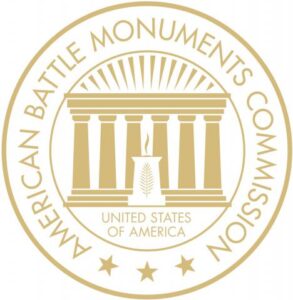Suresnes American Cemetery, located in Suresnes, France, is a historic site managed by American Battle Monuments Commission. Originally established as a hospital cemetery during World War I, it is the final resting place for approximately 1,600 American men and women, many of whom did not die on the battlefields, but from the Spanish Flu that swept through Europe in 1918–1919. The cemetery also honors approximately 1,000 missing service members—lost or buried at sea—whose names are inscribed on bronze plaques inside the chapel. From its distinction as the first ABMC cemetery dedicated, to its dual commemoration of both world wars, and its notable and unique personal stories of sacrifice, are you sure to know everything about Suresnes American Cemetery?
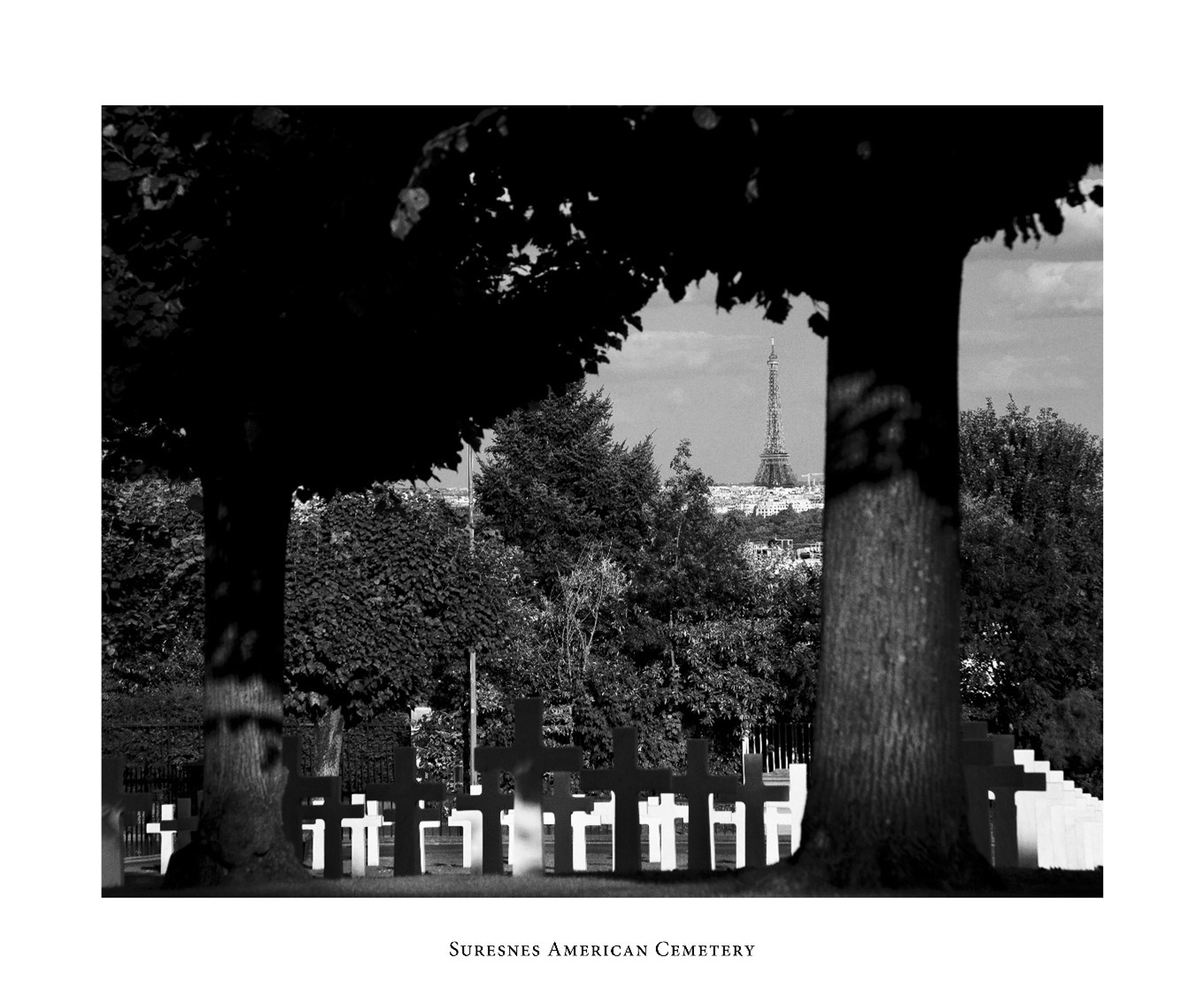
The first ABMC cemetery dedicated
Suresnes American Cemetery holds the distinction of being the very first ABMC cemetery dedicated in 1919. It originated with the Graves Registration Service (GRS) in 1917, when the American Hospital of Paris began using the site as a temporary hospital cemetery. It was inaugurated on the day of Memorial Day, May 30,1919, by President Woodrow Wilson. ABMC later took responsibility of the cemetery in 1923, making it a permanent memorial site in Europe.
A unique ABMC cemetery where both world wars are memorialized
Until the end of World War II, Suresnes American Cemetery was exclusively dedicated to those who served and perished in World War I. However, it changed after 1945 when 24 unknown soldiers from World War II were transferred to the cemetery. Today, 19 of those graves remain unidentified, marked with the poignant inscription: “Here rests in honored glory a comrade in arms known but to God.”
In 1952, two loggias were added to the chapel to honor the memory of both world wars. Remembering both World War I and World War II within the same commemorative site is not only unique to ABMC but also among other memorial sites across Europe.
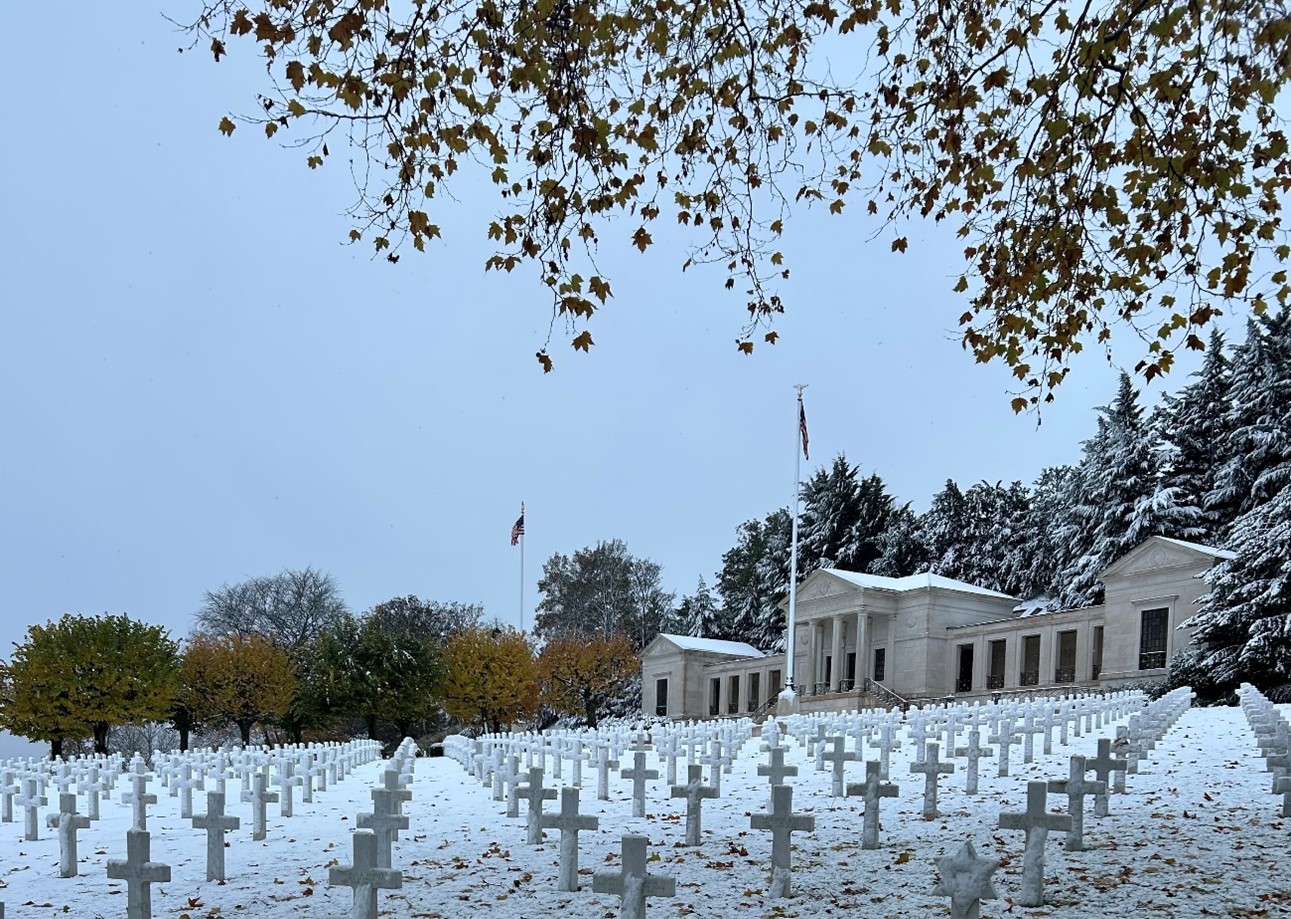
Resting place of Col. Carl Boyd, Pershing’s right-hand man
Among the service members honored at the cemetery rests Col. Carl Boyd, a prominent figure who served as Gen. John J. Pershing’s Aide-de-Camp from late 1917.
Born in Georgia, in the U.S., in 1879, Boyd became essential to Pershing. His dedication earned him high honors: Chevalier of the Legion of Honor from France, and the Distinguished Service Medal from the U.S. He died of influenza in February 1919 and his body rests in Plot B, Row 16, Grave 2.
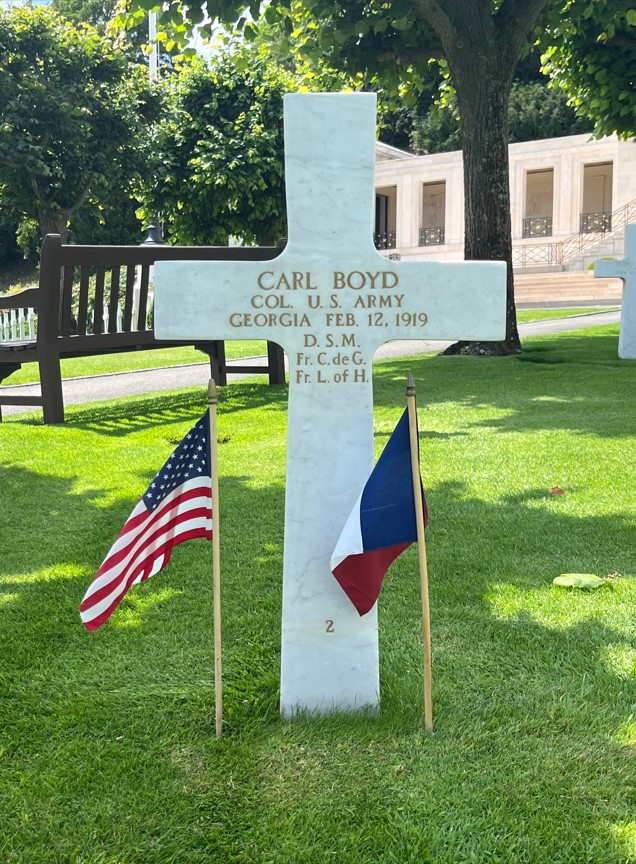
More women at Suresnes American Cemetery than at any other ABMC site
Suresnes American Cemetery is the ABMC cemetery with the highest number of women interred — 24 in total. These women played a crucial role in World War I as nurses, secretaries and even one of the famous telephone operators, also known as “Hello Girls.” Since women were not granted military status at that time, many served as civilians, representing organizations such as the American Red Cross and the Young Men’s Christian Association. Their presence is a powerful reminder of the essential role’s women played during wartime.
Inez Ann Murphy Crittenden is one of those examples. She received recognition for her service years after her death. Crittenden’s headstone was changed in 2021 from “Civilian” to “Chief Operator Signal Corps.” She is the only World War I women with a military designation on her headstone.
Crittenden, a native of Oakland, California, was bilingual in English and French and had worked as a telephone operator since she was 14. Because of her experience, she was assigned as chief operator in the Signal Corps. She died at age 31 of influenza on Armistice Day, Nov. 11, 1918.
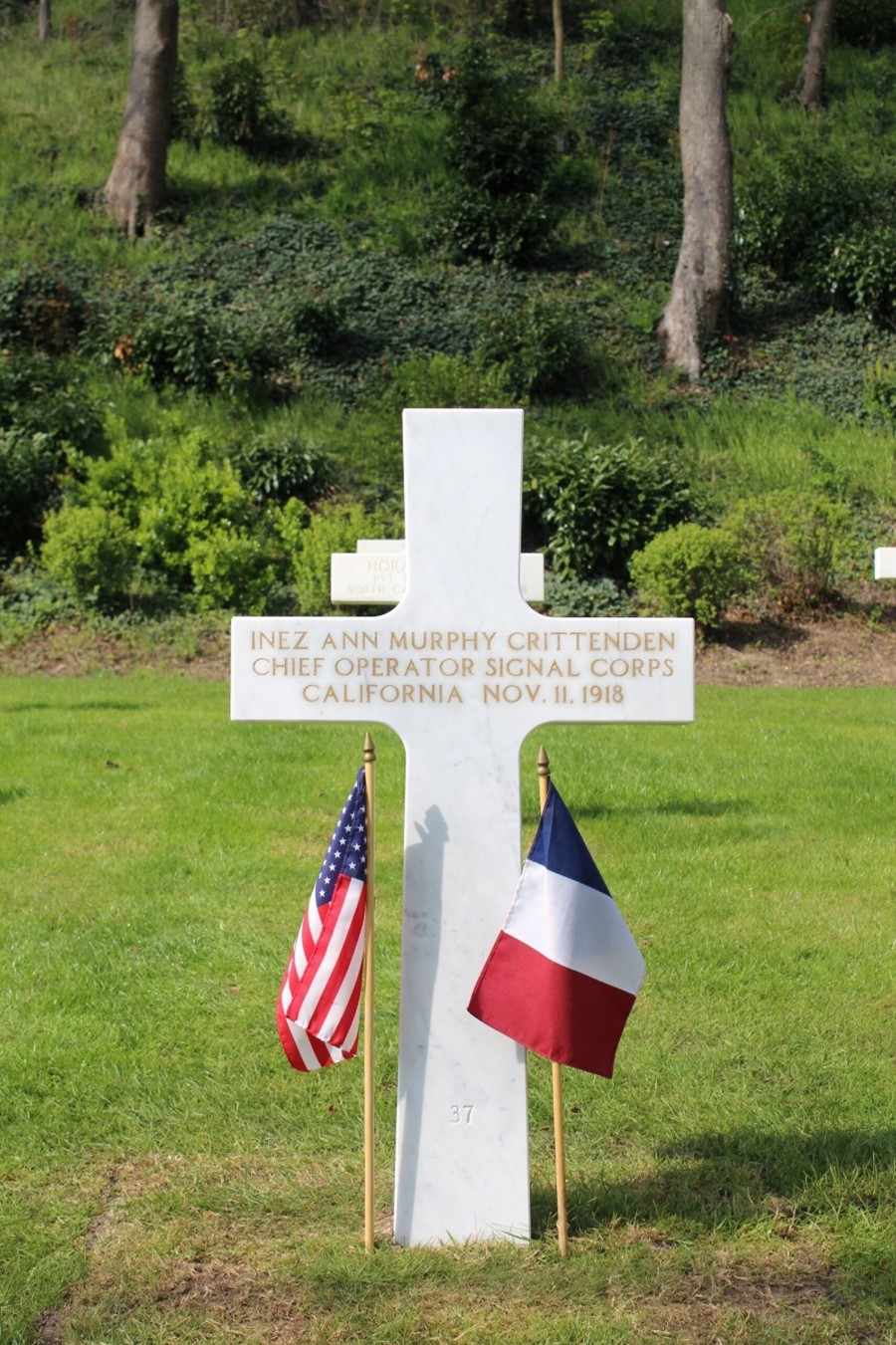
Plot D: A cross from the sky
After World War II, 24 unknown soldiers were transferred to Suresnes American Cemetery to be buried together in a new plot between Plots B and C: Plot D.
When viewed from above, Plot D reveals a cross-shaped design, a subtle but powerful symbol of remembrance and sacrifice. The U.S. government continues to conduct identification operations in attempts to identify unknown service members and provide families with closure.
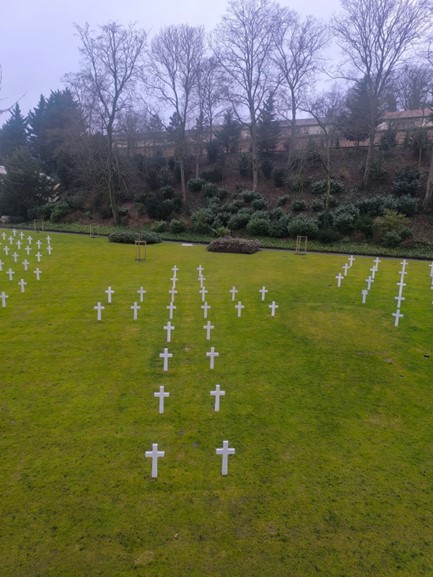
The American Battle Monuments Commission sites are a constant reminder of Gen. John J. Pershing’s promise that, “time will not dim the glory of their deeds.”
 An official website of the United States government. Here's how you know.
An official website of the United States government. Here's how you know. 